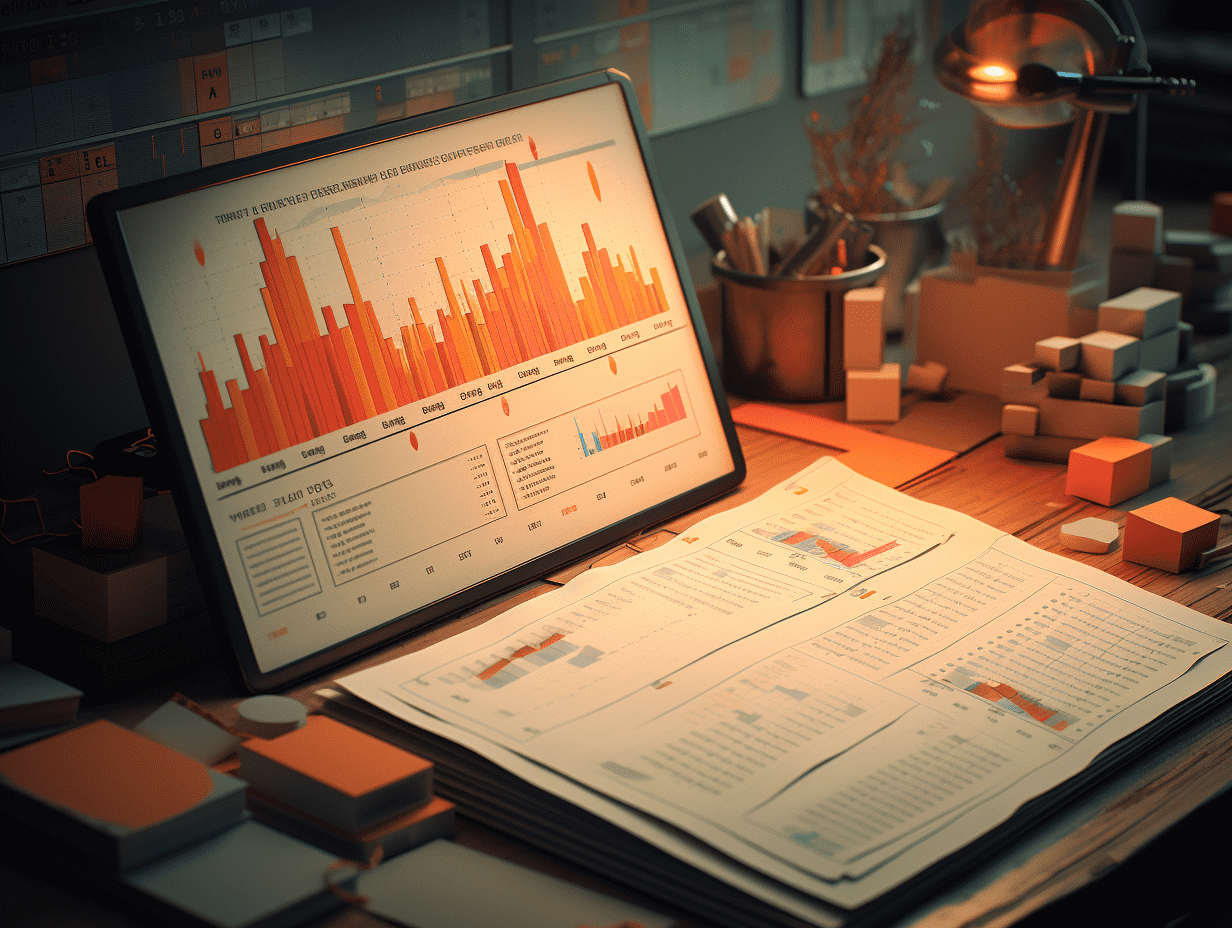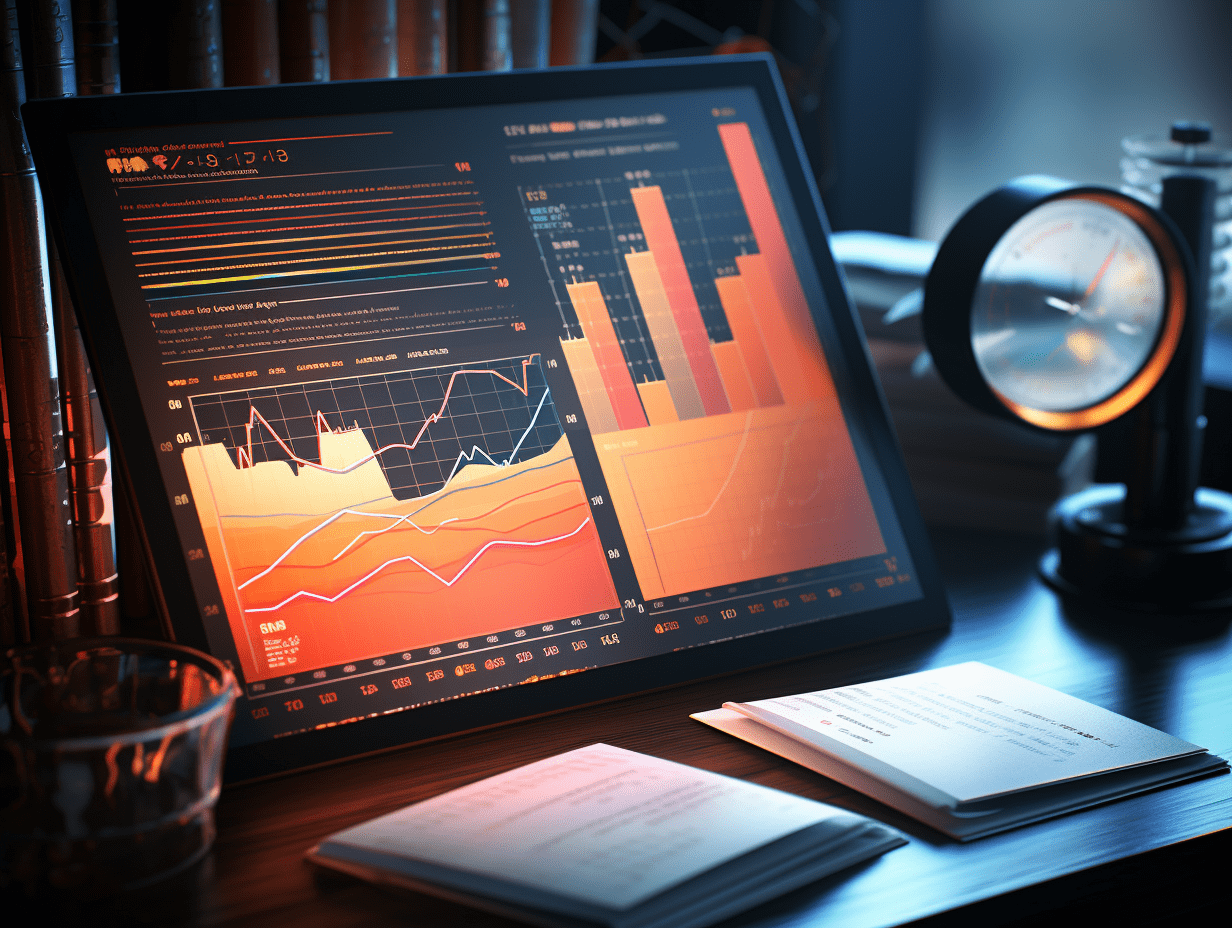Strong retail sales in July fail to boost confidence as American consumer outlook remains uncertain.
Consumer confidence unexpectedly dropped in early August in the United States.
In July, retail sales in the United States saw widespread growth, with June data being revised upwards, indicating a strong start to consumer spending in the third quarter. However, economists remain cautious about the sustainability of this trend as the job market slows down and consumer confidence weakens.
Data released by the U.S. Department of Commerce on Friday showed that retail sales in July, excluding inflation, increased by 0.5% month-on-month, exceeding market expectations, while June data was revised upwards to a growth of 0.9%. Excluding automobiles, sales increased by 0.3%. Nine out of thirteen major retail categories saw growth, with auto sales showing the largest increase since March. Online retail and general merchandise stores also performed well, benefiting from events like Amazon.com, Inc.'s extended Prime Day, Walmart Inc.'s week-long "Deals for Days," and similar promotions by Target Corporation.
Analysts believe that this report indicates a stronger start to consumer spending in the second half of the year after many consumers adopted a wait-and-see approach in the previous months due to uncertainties caused by President Trump's tariff policies. Despite signs of a cooling job market, the clearer outlook on trade policy and stock market rebound have boosted consumer confidence for some.
However, the latest data from the University of Michigan shows an unexpected drop in consumer confidence in early August, reflecting concerns in the market about the sustainability of the strong momentum in retail sales. Wells Fargo & Company economist Shannon Seery Grein stated, "Given the uncertainty around tariffs and recent employment data, we believe there is a higher likelihood of softer consumer spending in the second half of the year."
Federal Reserve officials closely monitor consumer spending trends as it accounts for two-thirds of economic activity in the U.S. Although the Fed has kept interest rates unchanged this year to observe the impact of tariffs on prices, some policymakers are leaning towards restarting rate cuts in the coming months to support employment and economic growth.
The July retail sales report also showed that sales from the "control group" used to calculate GDP (excluding food services, car dealers, building material stores, and gas stations) increased by 0.5%, with June data being revised upwards. Some categories with significant growth, such as furniture, sporting goods, and automobiles, also saw price increases, meaning that the increased sales may partly reflect inflation effects.
Sales in restaurants and bars declined month-on-month in July, marking the largest drop since February. TD Securities' Chief U.S. Macro Strategist Oscar Munoz pointed out that this is not a good sign for discretionary service spending in the early third quarter, stating that "service sector spending is a key indicator of the U.S. consumer's condition, so while July retail data is decent, it is not enough to reflect overall consumer health."
Retail sales data primarily reflect goods consumption, which makes up about one-third of overall consumer spending. The adjusted data for goods and services spending in July will be released later this month.
Economists have commented that the strong performance of online shopping and automobile sales boosted July retail sales, but consumers cut back on spending on restaurants and beverages, indicating that with slower growth in disposable income, households are shifting spending towards necessities and reducing spending on non-essential items.
Inflation data indicates that in July, businesses passed on tariff costs to consumers less than expected, but wholesale profit margins significantly increased, suggesting that Americans may feel the impact of tariffs more directly in the future. Other data shows that in July, costs for imported consumer goods recorded the largest increase since early 2014, with noticeable price hikes in clothing, footwear, and home goods. Meanwhile, U.S. industrial production declined in July, with manufacturing output remaining weak.
Related Articles

Morgan Stanley predicts that at the Jackson Hole Federal Reserve meeting next week, Powell will "hawkish" and resist market expectations of a rate cut.

What is the significance of the "ice-breaking" meeting? Potential effects of the meeting between the United States and Russia.

"Backing up market liquidity? Bank of America: The Fed is expected to absorb $2 trillion in US debt to resolve the fiscal 'water extraction crisis'"
Morgan Stanley predicts that at the Jackson Hole Federal Reserve meeting next week, Powell will "hawkish" and resist market expectations of a rate cut.

What is the significance of the "ice-breaking" meeting? Potential effects of the meeting between the United States and Russia.

"Backing up market liquidity? Bank of America: The Fed is expected to absorb $2 trillion in US debt to resolve the fiscal 'water extraction crisis'"

RECOMMEND

Trump Administration Explores Government Equity Investment in Intel; Shares Soar Nearly 9%
15/08/2025

Inflation “Off the Charts”: U.S. July Producer Prices Surge 0.9% Month-on-Month, 3.3% Year-on-Year
15/08/2025

World Humanoid Robot Games Debut with Competitions in Soccer, Combat, Dance, and More
15/08/2025


